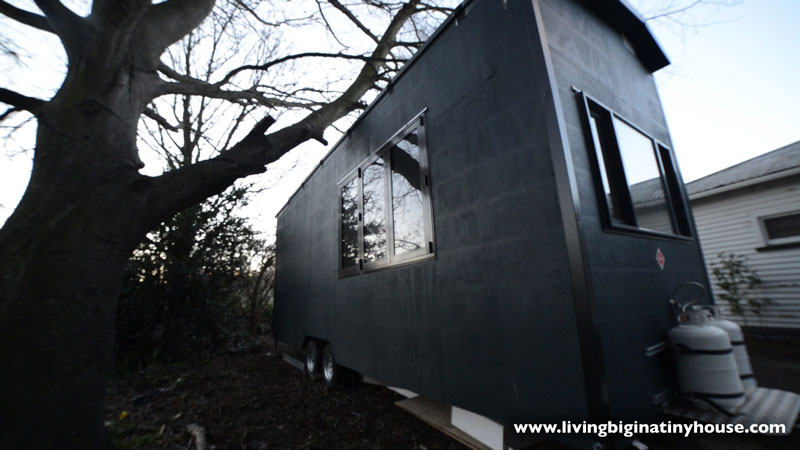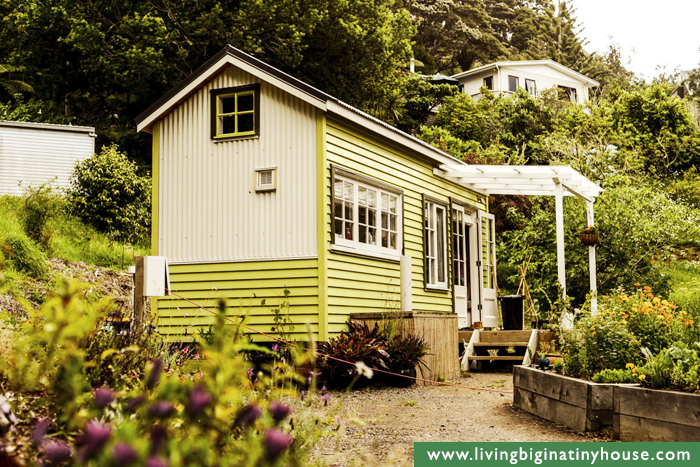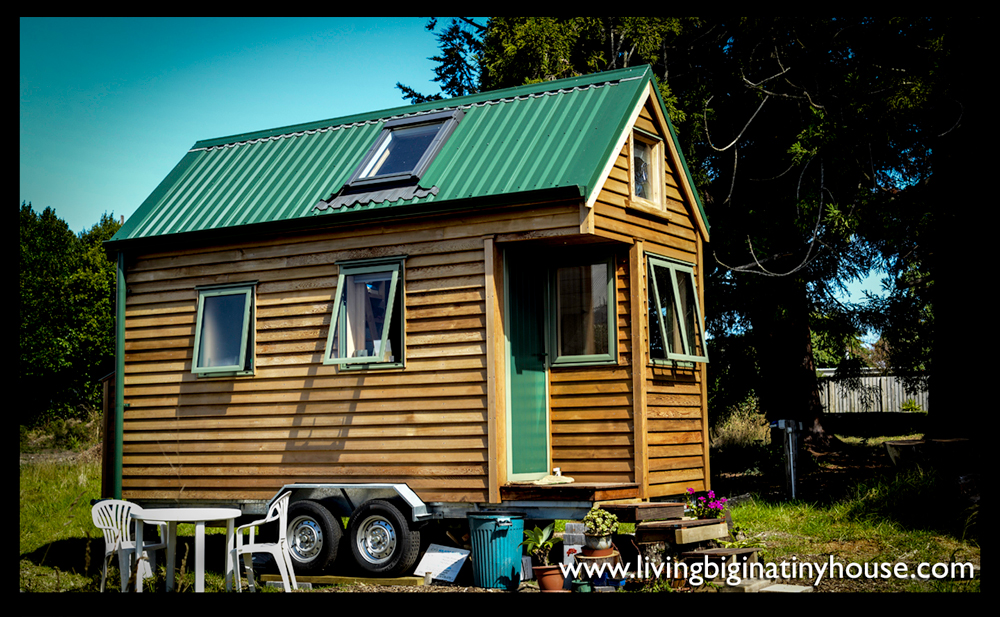“Simplicity is the ultimate sophistication.” – Leonardo da Vinci
Since the industrialization of society over the last two hundred years, humans have physically and mentally remained unchanged. We have, however, surrounded ourselves with accessories, added layers of complexity, and confusion in our lives. This urbanization has reduced humanity’s connection with nature.
Connection to the land and natural environment has been replaced by freeways, cities, concrete landscapes, and technological gadgetry that bring little solace and opportunity for reflection for individuals. Inner peace and happiness can be hard to find in a world of constant diversion and distraction. The ability to witness nature and live in harmony with the natural cycles provides unquantifiable experiences for those living a resilient life.
The 2010 Living Planet Report, based on the scientific research of the Global Footprint Network, reports humanity’s ecological footprint now exceeds the planet’s sustainable carrying capacity by 50 percent. In other words, human beings are now consuming ‘natural capital,’ which is diminishing the capacity of the planet to support life into the future. The propaganda and ideology that many economists, governments, and business people have been espousing in an effort to continue exploitation of resources is that developing countries can have similar standards of living to those in the West. The reality is that the West has been exploiting developing countries’ resources to fund our resource intensive lifestyles for many decades.
Think about this for a second. If the expected 9 billion people were to enjoy the “living standards” forecast for Western countries such as Australia, Canada, U.S., U.K, or Europe by 2050 (assuming 3% yearly economic growth), the world’s total consumption would be about 30 times as much as it is now. That would mean 30 times greater use of land, soils, trees, forests, minerals, fishing, energy, etc… With already stretched and depleted natural resources and ecosystems, this scenario would most likely end in ecological catastrophe.
Dr. Ted Trainer, senior Lecturer in the School of Social Sciences at the University of New South Wales in Australia, has been teaching about sustainability for many decades. He suggests:
It is difficult to see how anyone aware of these basic numbers could avoid accepting that people in developed countries should be trying to move to far simpler and less resource-intensive lifestyles and economies. The decreases might have to be around 90% – something that can only be achieved through dramatic reductions in production, consumption, and economic activity. To transition to a low energy society which resembles our current high energy model will be a significant challenge and highly unlikely. The enormity of the transition to alternative fuels and/or technologies will require a coordinated approach on an unprecedented scale. It would require vast amounts of resources and capital investment. (1)
Enter Voluntary Simplicity
As reported in the Melbourne Age, a growing number of people in the “voluntary simplicity” movement are choosing to reduce and restrain their consumption – not out of sacrifice or deprivation, but in order to be free, happy, and fulfilled in a way that consumer culture rarely permits. By limiting their working hours, spending their money frugally and conscientiously, growing their own vegetables, sharing skills and assets, riding bikes, rejecting high-fashion, and generally celebrating life outside the shopping mall, these people are new pioneers transitioning to a form of life beyond consumer culture. (2)
An Institute For Simplicity
There is even an Institute for Simplicity. The Simplicity Institute is an education and research centre seeking to:
- seed a revolution in consciousness that highlights the urgent need to move beyond growth-orientated, consumerist forms of life.
- envision and defend a ‘simpler way’ of life at a time when the old myths of progress, techno-optimism, and affluence are failing us.
- transform the overlapping crises of civilisation into opportunities for ‘prosperous descent’
Goals of the Simplicity Institute
“To change something, build a new model that makes the existing model obsolete.” – Buckminster Fuller
 The global economy is undermining the ecological foundations of life, producing perverse inequalities of wealth and spreading a cultural malaise as ever-more people discover that consumerism cannot satisfy the human craving for meaning. While industrial civilization continues this inevitable descent, humankind is being challenged to reimagine the good life, tell new stories of prosperity, and get to work envisioning and building a new world within the shell of the old.
The global economy is undermining the ecological foundations of life, producing perverse inequalities of wealth and spreading a cultural malaise as ever-more people discover that consumerism cannot satisfy the human craving for meaning. While industrial civilization continues this inevitable descent, humankind is being challenged to reimagine the good life, tell new stories of prosperity, and get to work envisioning and building a new world within the shell of the old.
Genuine progress towards a just and sustainable world requires those who are over-consuming to move to far more materially ‘simple’ and less energy-intensive ways of living. This does not mean deprivation or hardship. It means focusing on what issufficient to live well, and creating new cultures of consumption, new systems of production, and new governance structures that promote a simpler way of life. Our basic needs can be met in highly localized and low-impact ways, while maintaining a high quality of life.
The Simplicity Institute seeks to provoke a broader social conversation about the need to transition away from growth-based, consumer societies toward more resilient, egalitarian, and rewarding societies based on material sufficiency and renewable energy. Rethinking growth, capitalism, and consumerism in an age of environmental limits and economic instability cannot be avoided. The only question is whether it will be by design or disaster. (3)
To find out more about the Simplicity Institute CLICK HERE
Article by Andrew Martin, author of Rethink…Your world, Your future. and One ~ A Survival Guide for the Future…
 Sources: excerpts from Rethink…Your world, Your future.
Sources: excerpts from Rethink…Your world, Your future.
(1) http://theconversation.com/the-simple-life-manifesto-and-how-it-could-save-us-33081
(3) http://simplicityinstitute.org/




